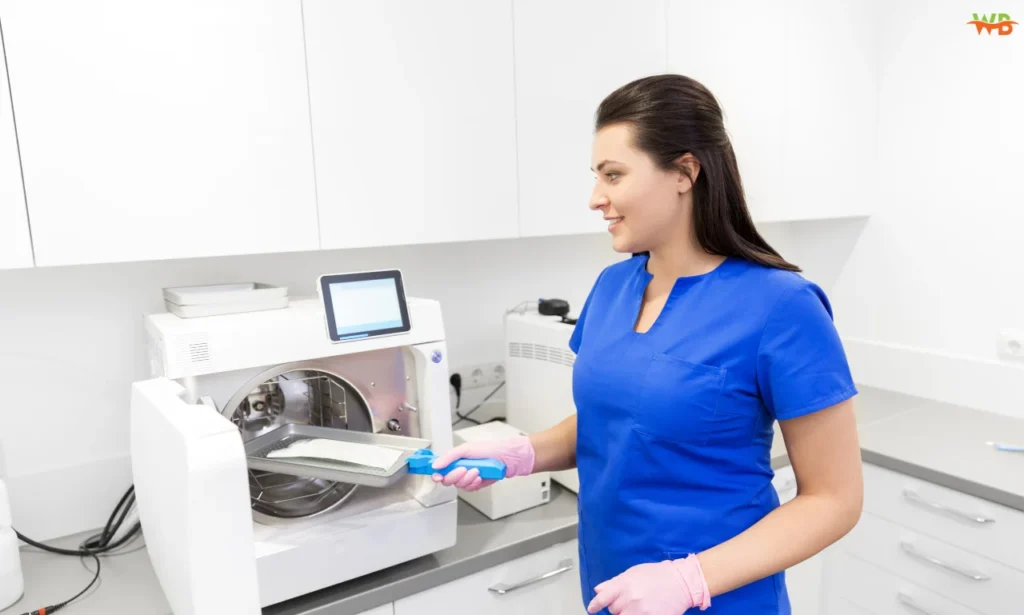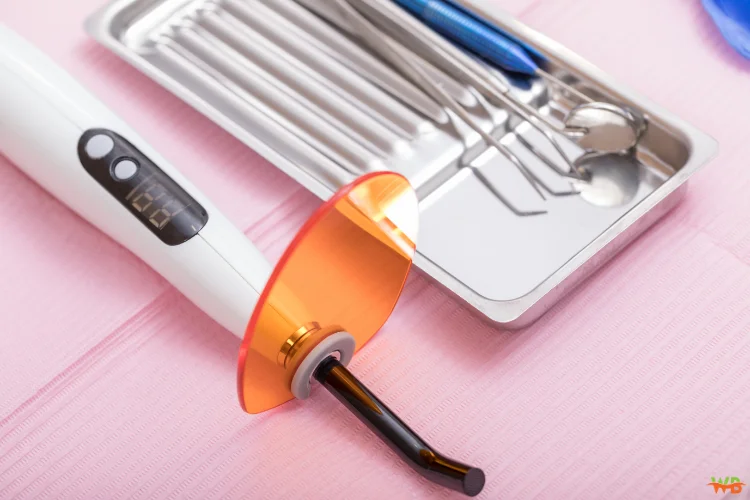
The importance of infection control in dentistry for the health and safety of both patient and dental practitioner, and even the general public, can’t be understated. Including everything from basic handwashing and sanitization to the appropriate use of personal protective equipment and single-use items to disinfection and sterilization, maintaining utmost hygiene is essential.
While a high level of cleanliness and hygiene is imperative at all times in a dental clinic, a sterile environment is essential for all invasive. This includes dental injections, extractions, fillings, and other surgical procedures. This means that the immediate environment and all instruments and tools used need to be sterile.
What is Environmental Sterility?
Sterility in the dental (or other clinical or lab-based) environment means the absence of any viable organism that could reproduce and spread. This encompasses toxins and various microorganisms, such as bacteria, viruses, parasites, spores, fungi, and other pathogens that cause diseases.
Cleaning vs Disinfection vs Sterilization
- Cleaning removes visible dirt and grime from objects, which must be carried out before disinfection or sterilization.
- Disinfection eliminates most, if not all, pathogens on non-biological objects. It doesn’t remove bacterial spores.
- Sterilization destroys or inactivates all microorganisms on the surface of an instrument, another item, or even within a fluid. This safeguards against any potential for disease transmission when the item is next used.
While single-use items are used wherever practicable, most dental instruments are not disposable. They, therefore, must be sterile upon use, then sterilized again and kept sterile before they are used on the next patient.
All instruments and other items that come into contact with body tissues or fluids in the dental clinic must be sterile to prevent microbial contamination and disease transmission. These include:
- Dental instruments
- Dental needles
- Dental burs
- Dental Implants
- Other relevant dental equipment

Sterilisation Methods in Dentistry
Steam Sterilisation uses an instrument called an autoclave, in which saturated steam under pressure sterilizes the item. It is considered the most dependable and widely recognized method of sterilization in healthcare and dental environments. It is inexpensive, fast, non-toxic, fast, and effectively kills spores and microbes. Autoclave bags are used to protect the instrument or other items, preventing corrosion, and then they are stored to keep them sterile until use.
Hydrogen Peroxide Gas Plasma uses newer technology to sterilise and was introduced in the 1990s. It utilizes a strong vacuum within a sealed chamber, where radiofrequency or microwave energy generates charged particles from gas molecules. These interact with pathogens and disrupt their metabolism. This system is potentially used for instruments and other devices that are intolerant to the high temperatures and humidity of steam sterilisation.
Other possible sterilization techniques encompass dry heat, liquid agents, performic acid, filtration, microwave radiation, vaporized hydrogen peroxide, ozone treatment, formaldehyde steam, vaporized peracetic acid, and various additional methods.
Conclusion on Sterilization
Sterilization minimizes the risk of person-to-person infection transmission as well as that of environmental pathogens. Steam sterilization using autoclave bags is the preferred method of instrument sterilization for dentists in Australia at this time. Autoclave bags are available online from reputable distributors of dental supplies in Brisbane or near you.
FAQs
1- Why is sterilization important in dental procedures?
- Sterilization ensures the elimination of harmful microorganisms that can cause infections during invasive dental procedures, safeguarding both patients and dental practitioners.
2- What are the risks of inadequate sterilization in dentistry?
- Inadequate sterilization can lead to the transmission of diseases such as HIV, hepatitis, and bacterial infections. It can also compromise patient safety and affect the clinic’s reputation.
3- How often should dental instruments be sterilized?
- Dental instruments need to undergo sterilization after each use to avoid the risk of cross-contamination. This involves thorough cleaning followed by using appropriate methods like autoclaving or gas plasma for effective treatment.
4- Can all dental instruments be sterilized?
- Most dental instruments can be sterilized using methods like steam sterilization (autoclaving). However, some sensitive instruments may require alternative methods like hydrogen peroxide gas plasma due to material intolerance to high temperatures.
5- What are the signs that a dental clinic prioritizes sterilization?
- A reputable dental clinic prioritizes sterilization by using autoclave bags for instrument storage, maintaining a clean and organized workspace, and routinely testing sterilization equipment to ensure efficacy and safety.

I’m Salman Khayam, founder of Wellbeing Junction. I synthesize trusted information from research and expert guidance to create clear articles across health, wellness, and lifestyle topics.
Disclaimer: Content is for informational purposes only and is not medical advice. Consult a qualified expert regarding personal health or specialized questions.
Discover more from Wellbeing Junction
Subscribe to get the latest posts sent to your email.

